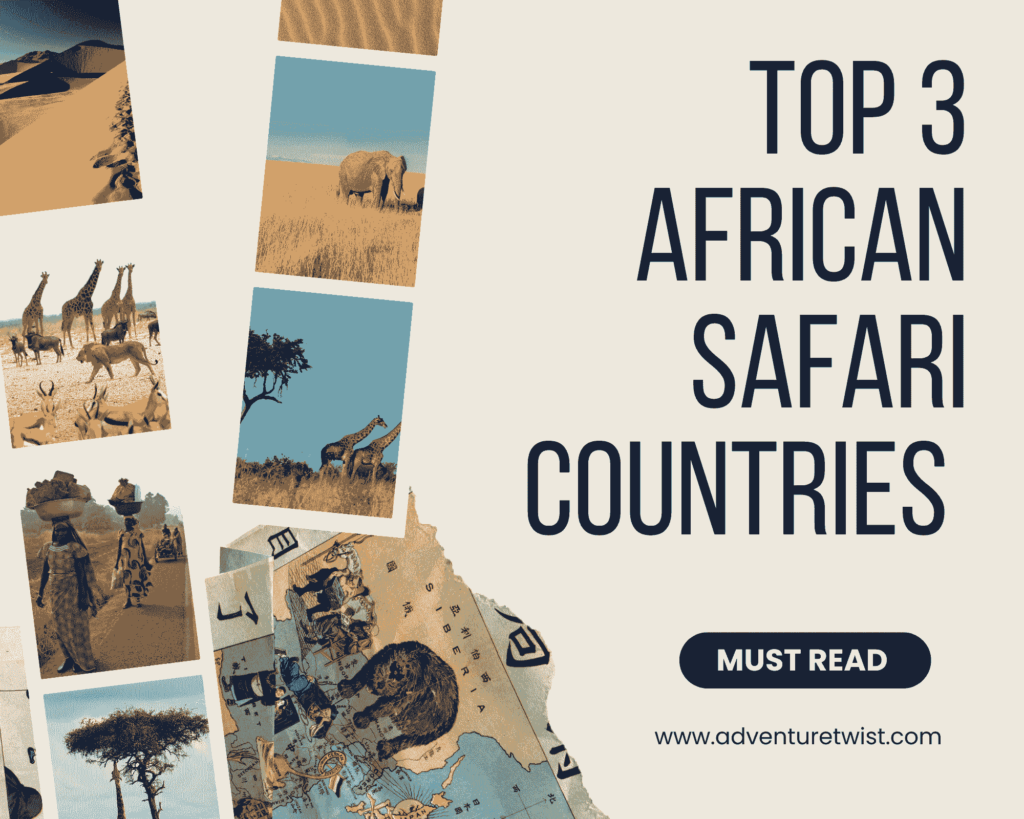
A wholesome remarkable experience will be the ultimate satisfaction when embarking on a safari trip. Bearing this in mind, it is important to assess the various destinations to know the African Safari Countries rated as the best.
East Africa has a high concentration of wildlife and offers classic experiences ideal for groups or private explorers. Southern Africa on the other hand combines modern luxury safari with private concessions and an astonishing blend of destinations. The spectacular landscapes and abundant mix of wildlife will always put safari in Africa on the map as an integral driver of economic growth.
Across leading safari destinations in Africa, tourism is one of the major sources of revenue. Countries like Botswana, South Africa, and Kenya, have a safari-driven tourism industry which is a vital part of the national economy. Safari is important to especially rural Africa mainly because of the shortage of stable employment. The developmental pattern of Africa’s economy also rarely includes the rural regions coupled with the fact that the soil is generally not fertile enough to make Agriculture profitable.
Safaris are the most attractive and prominent holiday in Africa with most safari destinations having something different and spectacular to showcase. Although individual interest and choice of location highly influence decisions, in this article we have identified the three (3) best-rated countries for safari based on the essential factors to consider when planning an African safari adventure.
Top 3 Best-Rated African Destinations for Safari
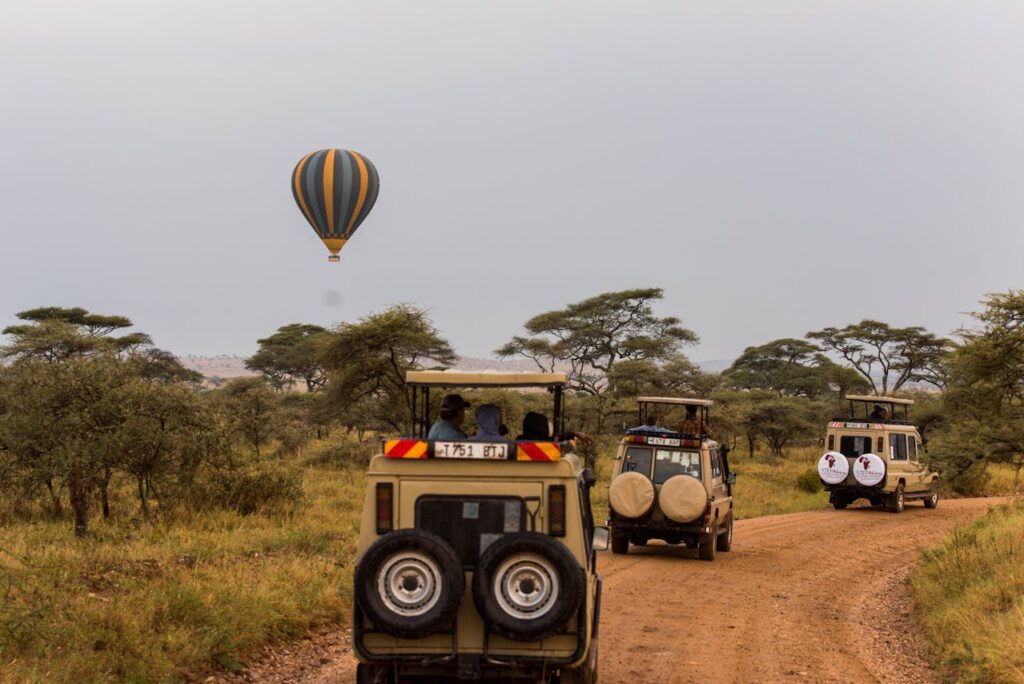
Tanzania: The Top-Rated African Safari Country
Ranking first among the top African safari countries is Tanzania, the lakes in the northern region and the unfenced border with Kenya’s Masai Mara Park make for the best game view experience of the annual Great Wildebeest Migration. There is a high chance of experiencing this annual enormous migration northwest all year round in the Serengeti plains which is acknowledged as one of the “Seven Wonders of the Natural World”
One of the reasons Tanzania tops this list is its numerous safari parks and reserves, offering tourists and visitors a wide range of options to explore. Tanzania has a total of 22 national safari parks, and we will explore the most famous ones.
Serengeti National Park: Tanazania Safari Park
This Safari destination is known for the largest annual wildebeest migration in the world and a top destination for the Big Five spotting, Serengeti National Park inhabits almost 2 million assorted and exotic varieties of wildlife. Home to Africa’s largest population of lions together with the Masai Mara National Reserve, over 3,000 lions dwell in this ecosystem. The migration on the massive ecosystem starts by March, the beginning of the dry season when the wildebeest commences migration towards Masai Mara in Kenya.
Late July and August is the best time to witness the migration as the herd gathers around the famous Masai River where they must face perilous obstacles (hungry crocs) to complete their journey into the Masai Mara National Reserve. The dry season ends in late October when the migrating herds start to head back. About 300,000 wildlife die annually because of drowning, exhaustion, predation, and disease. There are a lot of mobile camps and permanent lodges built around the Grumeti River with some popular viewpoints easily accessible by tour operators
Ngorongoro Crater Conservation Area
This conservation area for safari ranks as Tanzania’s most expensive safari destination. The conservation area is multi-use and exceptional because it is the only conservation area in Tanzania that protects wildlife while permitting human residence.
One major source of water in the Ngorongoro crater is the Ngoitokitok Spring, there is a picnic spot there accessible to tourists. This area of protected land with unfenced borders spawning into the Serengeti National Park ecosystem to the southeast is where the great migration starts. Here, between January and February, up to 8000 wildebeest and Zebra calves are born each day. The conservation area also has the Olduvai Gorge, an important paleoanthropological site worldwide. Ngorongoro Crater is undoubtedly one of the smallest safari spots in Africa, but its mass wildlife concentration makes this destination one of Tanzania’s safari top Spots.
The wildlife here is abundant with close to 30,000 creatures inhabiting this rising crater. Entry and exit into the crater are not easy making migration almost nonexistent here, keeping the wildlife population consistent throughout the year. Ngorongoro Crater is one of the most accessible places to see the iconic Big Five (buffalo, leopard, lion, elephant, and rhinoceros).
The best time to visit this mystical destination is from June to October during the long dry season when the weather is conducive for an amazing safari experience. However, expect it to be crowded during this period. For great weather and a less crowded experience, consider taking your tour around early June.
Conservation Success of Safari in Tanzania
Tanzania has started and maintained significant conservation areas and is richly biodiverse. The country is home to an abundance of exotic and rare species, and it is one of the most popular East African safari countries making it a leading tourist destination. Tourism brings in about US$6 billion in annual revenue and accounts for a quarter of the country’s foreign exchange earnings.
The establishment of Wildlife Management Areas is Tanzania’s methodology of community-based natural resource management. Here, some villages allocate segments of land reserved for wildlife management in return for most tourism-generated revenues from these areas. Meanwhile, this program encourages wildlife management by allowing private landowners and rural communities to conserve wildlife on the land for their benefit. These villages, with about 19 active participants, act as buffers around National Parks increasing the habitat size and curbing poaching and other human activities in the main parks.
Looking at the Randilen Wildlife Management Area, a significant increase in the wildlife density was recorded, and fewer livestock. With this ecological success, we hope the results encourage more conservative community efforts. This is Tanzania’s way of achieving both wildlife conservation and human development while retaining its spot as one of the best safari countries in the world.
South Africa: The Second-Rated African Safari Country
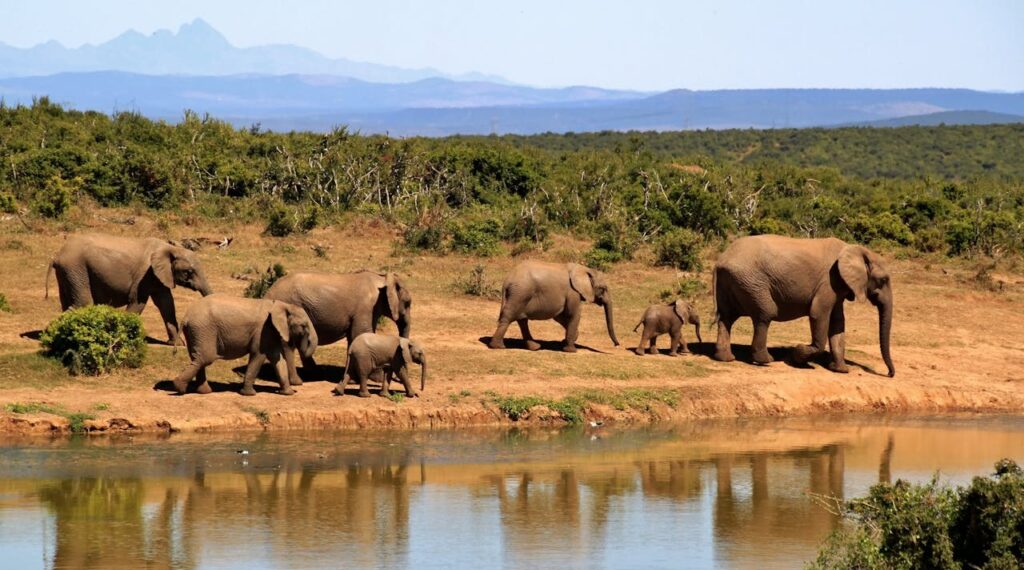
South Africa, a country located in the southern part of Africa, makes the list among the most-rated African safari countries to visit. Meanwhile, in this section, we are going to explore the factors that place this country in this position, starting with accessibility.
How Accessible Is a Safari in South Africa?
South Africa safari offers one of the world’s most diverse range of attractions with convenient regional travel. Thanks to the country’s sophisticated infrastructure network, getting around is seamless. The well-managed roads make it a fantastic destination for self-drive tours, particularly through the Cape Winelands. This remarkable beauty has great regions of wilderness that are accessible with luxury lodges (some with wheelchair access) bringing you closer to admire nature. It is relatively affordable with lots of activity options to choose from and it is easier to move around, making short safari trips meaningful and worthwhile.
Luxury Lodges in South Africa
From classic safari experiences in the Kruger National Park to the city life in Cape Town to the beachside escapes, South Africa has it all. These exciting activities are complemented by an amazing array of luxury safari lodges with impeccable services and features. The country is believed to have a favorable exchange rate against many international currencies making luxury more attainable than you expect in South Africa safari.
There are family-friendly lodges perfect for experiencing the wilderness up close for a family vacation, romantic getaway, or solo adventure. They offer a phenomenal combination of wildlife viewing with luxurious accommodation. You can potentially stumble on a hyena on your way back from your evening tour or wake up to an elephant eating the plants around your lodge. The guides and rangers are extreme experts in their fields, who talk guests through the ecology of the area as they engage in wildlife sightings and lead visitors to safety.
Diverse Safari Experiences in South Africa
As highlighted earlier, South Africa safari is known for its diverse range of activities giving adventurers the ultimate experience. There is the option of dawn and dusk game drives, and you can take guided walks or spend the noon in one of their hideouts and allow the wildlife to come to you. You can always count on the expertise of the guides for an exciting and safe experience. Adventurous tourists can do a self-drive in the Kruger National Park which is home to the Big Five and one of the best places in Africa to spot Rhinos and Leopards.
Note that the Great Kruger is not the same as Kruger National Park. The Great Kruger is a collection of over 20 privately owned game reserves. These unfenced reserves fall under an associate body of (APNR) Associated Private Nature Reserves. Cumulatively adding 180,000 hectares to the protected areas and allowing the free movement of wildlife through the national park. Safaris in Kruger are cheaper because operators can use the park’s exceptional public campsites making it cheaper compared to private lodges. Due to the park’s size, you will need about 3 days to travel through for an all-round experience.
Kenya: The Third-Rated African Safari Destination
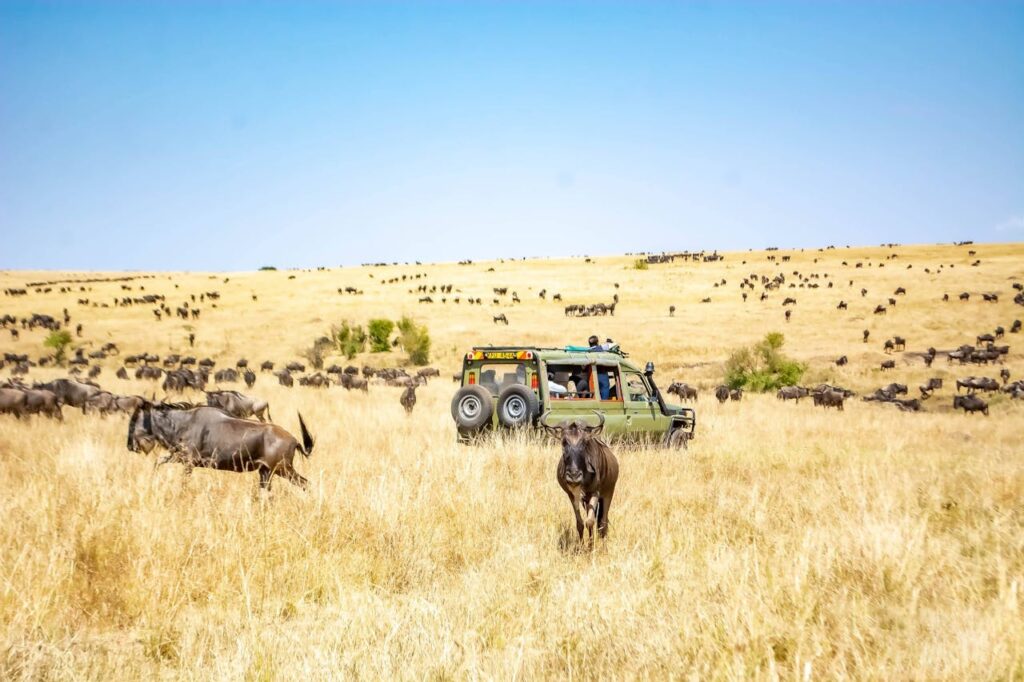
Among the top African safari countries to visit, Kenya is considered No. 3 on the list. Meanwhile, it is a bucket list wish to experience a safari in the place where it historically originated. Kenya undoubtedly has been a prime safari destination for many years, with an incredible landscape, a rich array of wildlife, and beautiful cultural encounters. The Big Five and the Great Annual Wildebeest Migration is a must-see on every traveler’s Kenya safari itinerary. The country is home to the renowned Masai Mara Park, combining experiences with the Serengeti National Park in Tanzania
Recommended: Things to Avoid in Kenya: Essential Tips for Tourists and Visitors
Safari Journeys and Cultural Encounters in Kenya
Kenya Safari offers an authentic taste of rich cultural experiences and exhilarating wildlife spectacles. Your journey through Kenya will be filled with jaw-dropping moments, from the thrilling game drives where you get to experience nature in its raw form, to fascinating cultural encounters with the authentic Masai villages and their intimate Masai culture that provide a profound connection with the land and its people.
The Maasai ethnic group is the most dominant ethnic group in the Serengeti ecosystem. These fierce, cattle-herding warriors serve a wide range of roles ranging from teachers training new safari guides to wildlife rangers patrolling for poachers, or community leaders managing healthcare issues.
The Diverse Landscape of Kenya
The incredible landscape of the safari ecosystem in Kenya cannot be overemphasized. The scene is set by nature from the vast rolling plains and savannah to present an awesome view and depending on the time of your visit, you get to experience the Life-and-death struggles of crossing the Mara River or the dramatic encounters with top predators in the open plains.
The Amboseli National Park’s unforgettable views with its signature attraction of hundreds of big-tusked elephants set against the best view of Africa’s Iconic Mt Kilimanjaro make a fantastic backdrop for wildlife photography. There are specialized photography safaris led by professional photographers and specialized guides and armed rangers.
Recommended: Cons and Risks of an African Safari: Things to Know
Kenya is an all-year-round safari destination however there are times when the game views are at their peak but are tied strictly to the activity you want to enjoy on your safari tour. Kenya Safari has something for every traveler including family-friendly activities that avail children-friendly activities and services. You can easily combine Kenya with Tanzania and Rwanda if you have time for an extensive tour. The standard of services is high and top destinations offer an array of luxury accommodations from unconventional boutique hotels to prolific colonial-style lodges, mobile safari camps, and functional resorts.
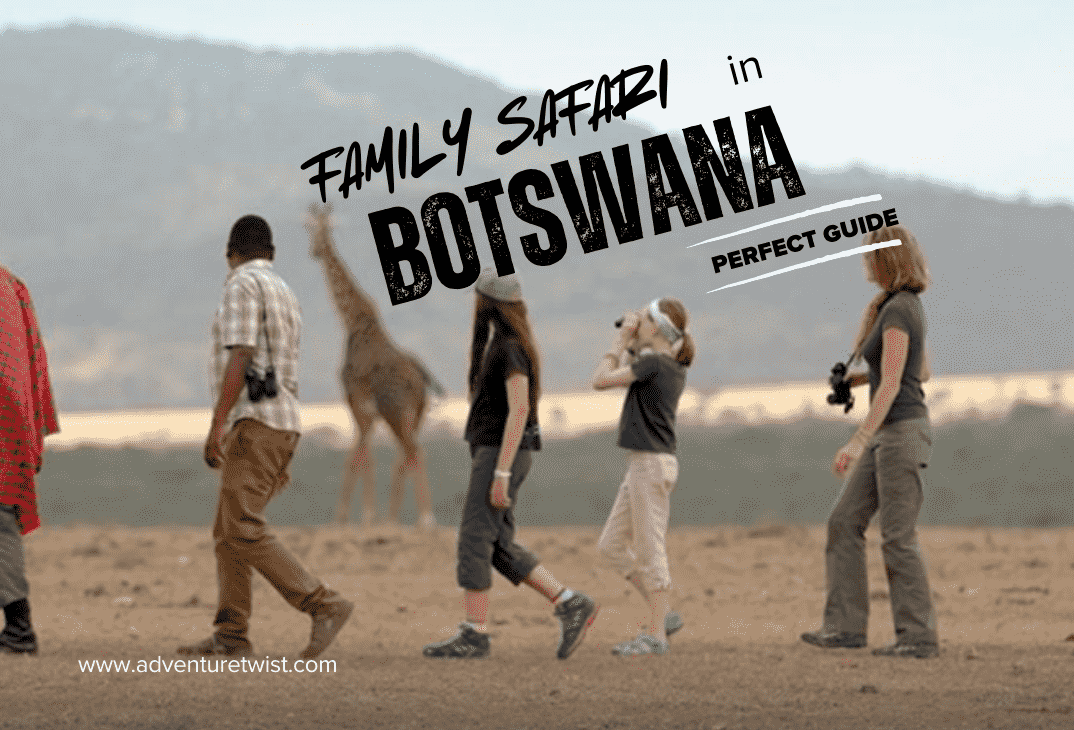
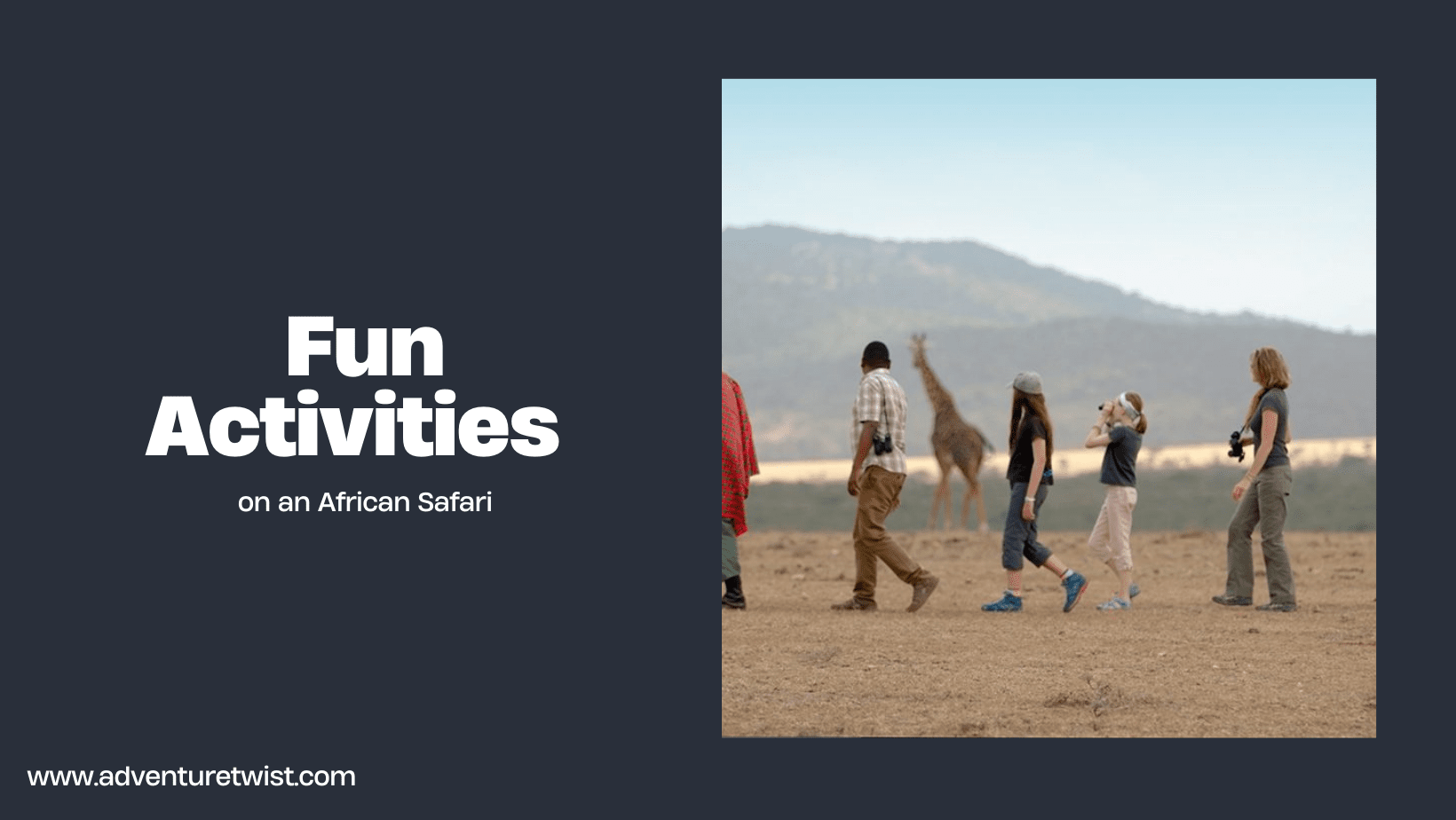
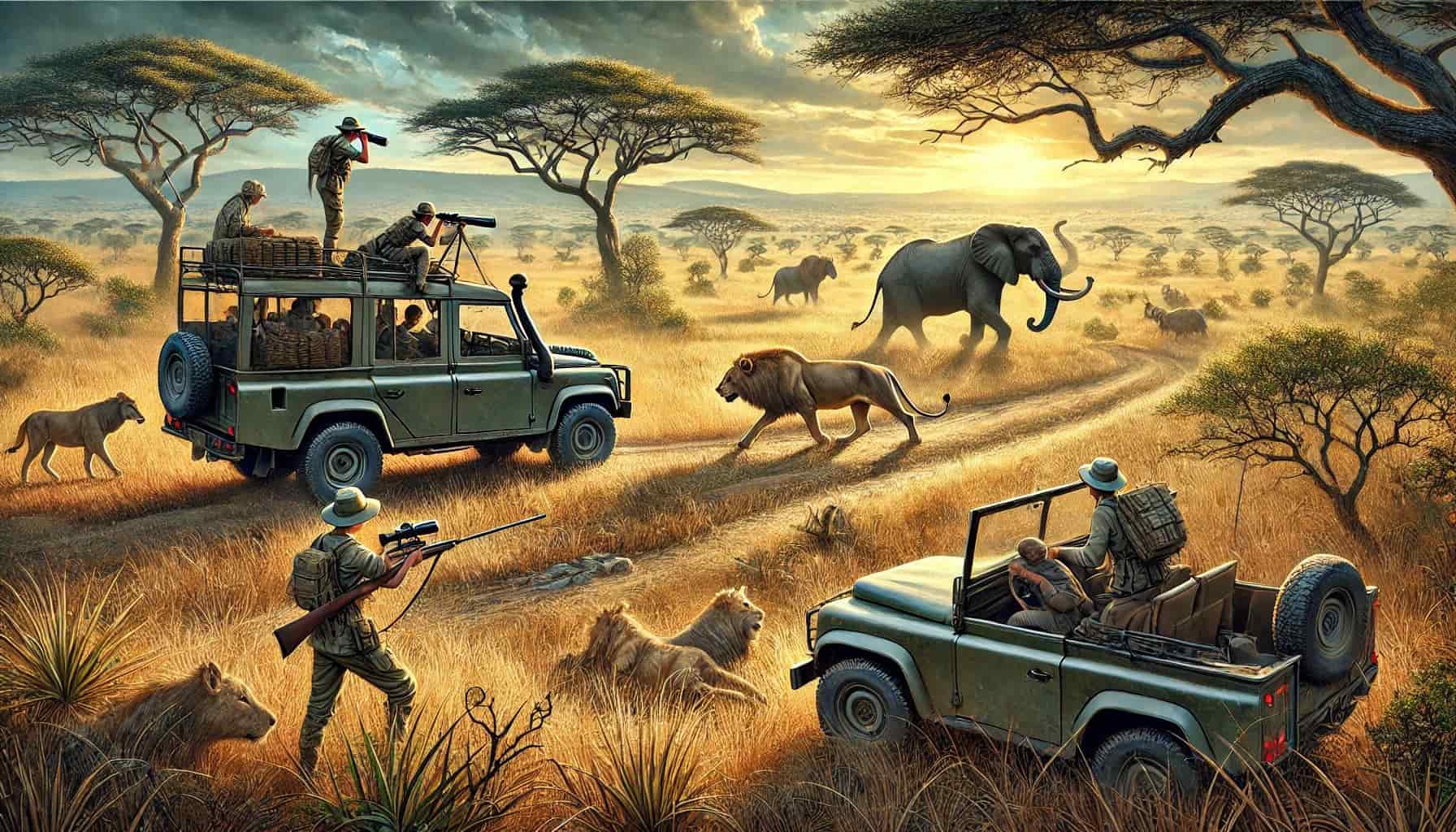
0 Comments